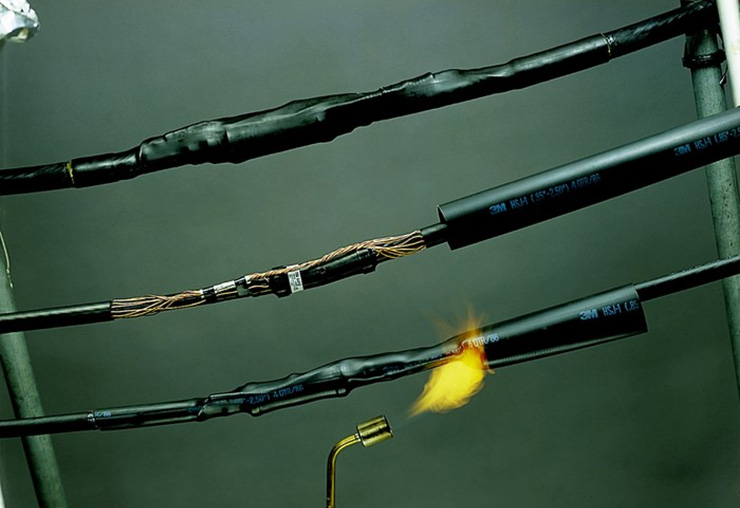Heat Shrink Tubing: What is It and How is It Used?
3 min read
Heat Shrink Tubing is a type of tubing used for sealing electrical connections, insulating pipes or pipes, running wires through concrete and for use in air conditioners. Heat reduces tubing can create visual effects, protect electrical connections and minimize the noise of AC motors.
Heat-Shrink Tubing is made from a material called vulcanized rubber that has been heated and cooled at high temperatures to achieve its desired properties. The process creates a thin layer of rubber between two pieces of metal or plastic, which makes it ideal for applications where you need something that won’t melt or burn quickly when exposed to heat sources such as light bulbs or flames in ovens.
Heat-reduced tubing is available in different lengths and sizes to meet your needs. It is made from high-quality silicone rubber that is resistant to high temperatures. The outer layer of this product features a smooth surface so it can be wrapped around the wire without causing damage to its insulation properties. This feature makes it ideal for wrapping wires such as those used for power lines or data transmission inside buildings or underground structures.
Heat-reducing tubing is a beneficial product that can be used in many different ways. It is often used to create visual effects such as shrinking small tubes into long ones or shrinking long tubes into smaller ones. Heat-reducing tubing can also seal electrical connections together by heating up its outer layer and then shrinking it back into place once it has cooled down. This allows for a more secure connection between two pieces of metal, which prevents them from falling apart quickly over time due to friction or other forces acting on them from outside forces such as gravity or wind blowing against them from above ground level (also known as wind loading).
Heat-reducing tubing is most commonly used for creating decorative patterns on wires that are then covered by insulation tape so they don’t get damaged by regular use over time; however, nothing stops you from using your creativity when choosing how much coloration occurs!
Heat-reducing tubing is made primarily of two polymers, polyolefin and polyethylene. Polyethylene has high melt strength, while polyolefins have low melt strength, making polyethylenes better at handling heat without melting into the product.
Polyolefins are plastic materials that contain more than 50% by weight of propylene and butylene as identified by a single number in the chemical formula (for example 88%). They can also contain other additives like antioxidants or stabilizers for specific applications. For example, when used in electronics packaging where there is potential for heavy shock loads on parts being protected from dust or moisture ingress into them during shipment through an airport gate (e.g., shipping via UPS), then one could use either LLDPE or HDPE depending upon what type best suited your needs at hand!
Heat-reducing tubing is typically used for polyolefin with excellent heat resistance and a lip-like shape that prevents air from being sucked in, creating air gaps. Polyolefin is a type of plastic.
When heat shrink tubing is applied to a product or application, it shrinks about 2% per minute after the product has reached room temperature. This causes the polymer to expand in volume. This higher pressure causes it to compress the air trapped inside its cavity, causing it to contract and then expand, causing it to cool down again until there’s enough pressure from both sides of the tube that they start getting stuck together instead of just being stretched out like most polymers do when heated up.






